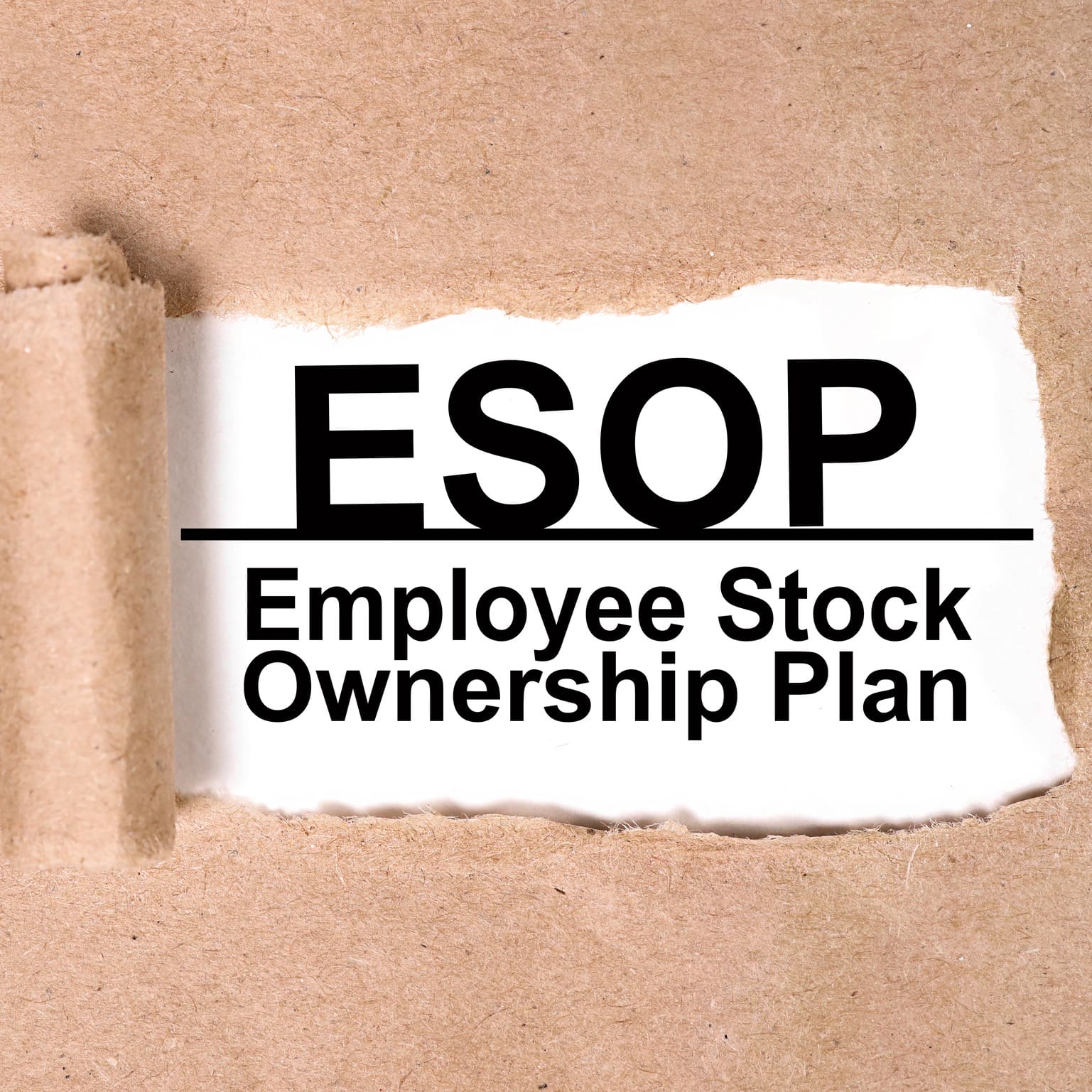Construction business owners today face a variety of challenges, including shrinking profit margins, labor shortages, supply-chain issues and rising costs. On top of that, contractors with an eye on retirement — either in the near or distant future — may have concerns about an optimal exit strategy.
Many construction business owners want to leave the company to the next generation of their families. However, this may not be an option if: 1) there are no suitable heirs to take the reins, or 2) the owner needs to “cash out” for retirement. Others might hope to sell the company to their management team or a third party, but management may lack the financial resources for the purchase and the pool of acceptable third-party buyers may be decidedly shallow.
If all this sounds familiar, an alternative exit strategy worth considering is an employee stock ownership plan (ESOP).
How does one work?
Under IRS rules, an ESOP is a qualified retirement plan that’s similar in many respects to a 401(k). However, instead of investing in the stock market, an ESOP invests primarily in the stock of the company sponsoring the plan.
That business can contribute new shares of stock to the ESOP or contribute funds to buy existing shares — including owners’ shares. Any shares contributed to the plan are allocated among employees’ accounts based on compensation and typically subject to a vesting schedule.
Once employees become eligible for distributions of vested shares, which is usually when they retire or leave the company, those distributions may be made in stock or cash. Employees of nonpublic companies who receive stock have a “put” option — that is, the right to sell it back to the business at fair market value.
Generally, ESOPs are subject to the same rules as other qualified plans, including minimum coverage requirements, nondiscrimination requirements and contribution limits. They also require an annual stock valuation by an independent appraiser.
Bear in mind that ESOPs are available only to corporations. If your construction company is organized as a limited liability company, partnership or sole proprietorship, you’ll need to convert it to a corporation to establish an ESOP. The conversion process raises various financial and tax issues that you should discuss with your professional advisors, including your CPA, before making the move.
What are the benefits?
ESOPs offer several benefits to companies, owners and employees. These include:
A way out of the business. An ESOP makes it possible to transition ownership of the business gradually or immediately. Owners can even cash out while retaining control of the company for several years. When the ESOP buys an owner’s shares, the stock is held in a trust for future distribution to employees. Until that time, the trustees — who may include officers, shareholders or other insiders — have authority over most business matters.
Tax benefits. Because an ESOP transaction involves the sale of stock, owners avoid depreciation recapture taxes often associated with asset sales. Plus, if certain requirements are met, owners who sell their stock to an ESOP may defer the tax on their capital gains. This benefit is available if:
- The company is a C corporation,
- The ESOP owns at least 30% of the company’s stock,
- The owners have held their stock for at least three years, and
- The owners reinvest the sale proceeds, typically within one year, in securities of other domestic corporations.
The company itself also enjoys significant tax benefits. ESOP contributions, as well as certain dividends paid on plan-owned stock, are tax deductible. And if the ESOP is leveraged — that is, the plan borrows money to buy stock and the company makes contributions to cover the loan payments — the business can essentially deduct both the interest and principal. Ordinarily, only interest on a loan is deductible. What’s more, the portion of the contributions attributable to interest payments doesn’t count toward the company’s contribution limit.
Note that many of these benefits are unavailable to S corporations. Owners of these entities can’t defer their taxes. In addition, interest payments count toward contribution limits and dividends are nondeductible. On the other hand, because an ESOP is tax-exempt, income allocated to the ESOP’s stock avoids federal (and, in some cases, state) taxes. S corporations contemplating an ESOP should weigh the relative tax advantages and disadvantages of S versus C status.
Recruiting benefits. An ESOP is a valuable retirement benefit that allows employees to enjoy tax-deferred growth and may give the company a competitive advantage when recruiting and retaining employees. And by providing participants with equity, the plan aligns the interests of the business, management and employees in maintaining and increasing the value of the company.
Right for you?
An ESOP isn’t right for every company. They’re costly to set up and maintain — you’ll need to have sufficient profits and payroll to cover administrative costs, plan contributions and the eventual repurchase of employees’ shares. Plus, staff must possess the desire and skills to take ownership of the company. Nonetheless, ESOPs are an idea worth considering.
Special ESOP considerations for construction companies
It’s critical for contractors considering an employee stock ownership plan (ESOP) to consider the potential impact on their financial statements. Establishing an ESOP can affect a company’s net worth, working capital and cash flow. In particular, a leveraged ESOP (see main article) can have a negative impact on the balance sheet, potentially jeopardizing the business’s compliance with bonding requirements and some states’ licensing requirements.
To avoid business disruptions, be sure to work closely with your professional advisors and surety to fully understand an ESOP before attempting to establish one. Properly set up and administered, these plans do offer business continuity and employee retention benefits that often outweigh the negative impact on a company’s financial statements.
© 2023


